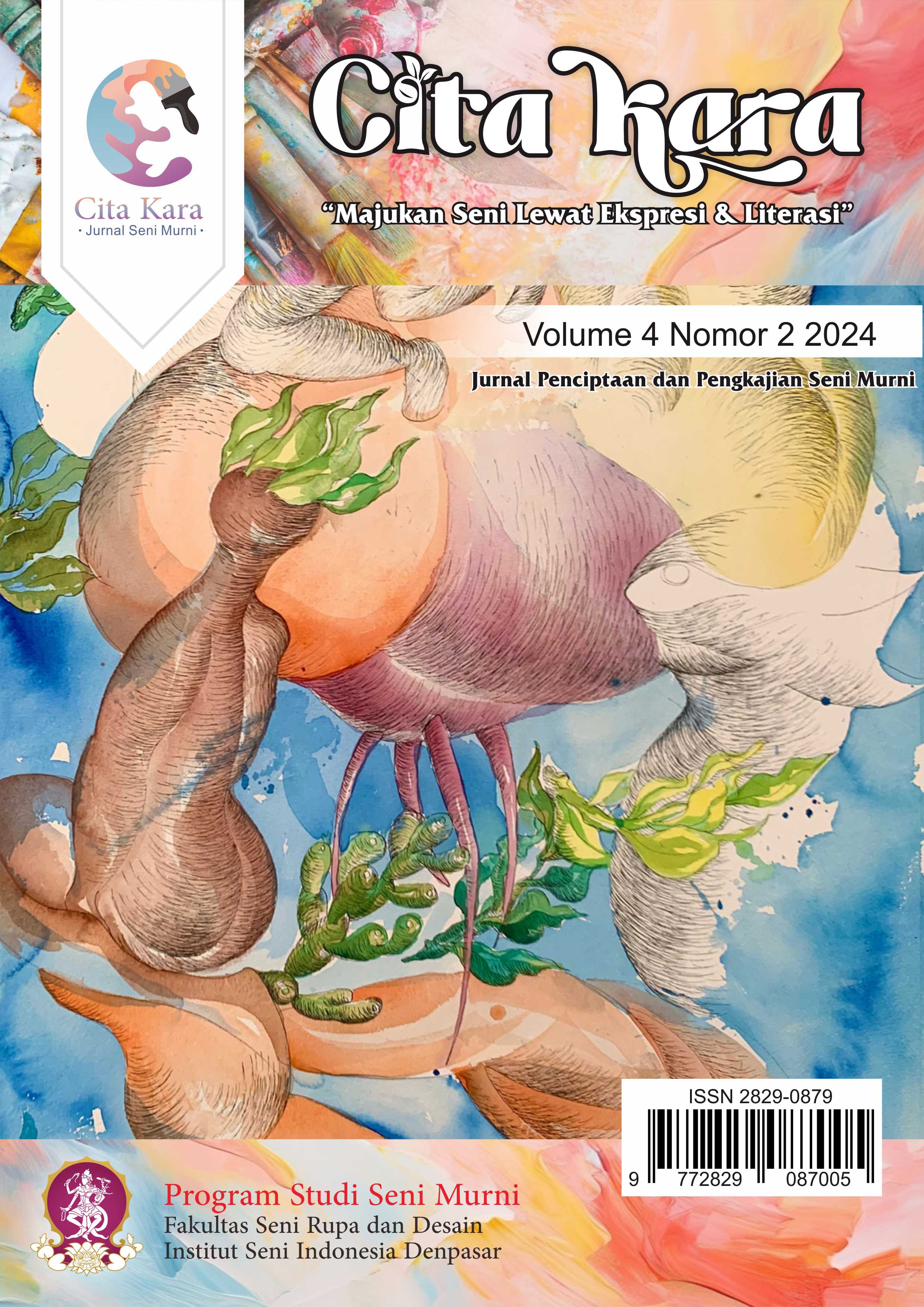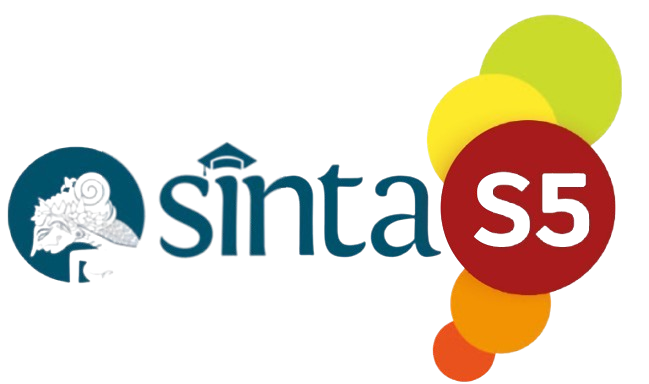Self-Portrait Facial Expressions as a Source of Ideas for Creating Painting Art
DOI:
https://doi.org/10.59997/ctkr.v4i2.715Keywords:
Facial Expressions, Source Idea, Art PaintingAbstract
The face is a representation and the identity of a person's individual. Facial expressions in social life serve as one of the mediums of communication. Various facial expressions of mutual significance can be listed as signs. Visualizing the face with its expressions (signs) into the art of painting is interesting. Real facial expressions are expressive while facial expressions in painting can contain a metaphor that can mean more than can be seen. The realization of ideas to the art of painting constitutes a phenomenon that occurs in people's lives and personal lives, while it conveys a message asa critical power that one hopes to grasp its meaning through the process of aesthetic and practical experience many benefits obtained for future reference and basis
Alluding to the theme raised, it will be describred word by word with several studies of sources to avoid confusion
about the meaning contained in the meanin of the title that the author has adopted so that works such as Just
Fanny”, Reflecting”, Focus”, Upset”, Shame”, and Scared”. In the embodiment of the work, the sepia color is more prominent. By combining contrasting colors to produce works that become the identitiy of the ceator. In the end, the work related to the title that was appointed, namely Self-Potrait Facial Ekspressions as a Source of Painting Creator Ideas” is expected to be useful and become a shared learning.
References
Aulidzar, D. 2011, Babi Sebagai Subyek Dalam Seni Lukis Proyek Studi, untuk Mencapai Gelar Sarjana Pendidikan Seni (S1), Fakultas Bahasa dan Seni Universitas Negeri Semarang.
Budaarsa, Arsana. N., Supono, 1983, Dasar- dasar Seni Lukis, Denpasar: Departemen Pendidikan dan Kebudayaan.
Brainly. 2021.
https://birainly.co.id/tugas/129105292pe
nciptaanpengertian, di akses 20 juni 2021.
Detik. 2021. http://health.detik.com/berita- detikhealth/d-1535935/proses- perubahan-wajah-manusia-sepanjang- hidupnya, di akses pada 10 juni 2021.
Susanto, M. 2011. Diksi Rupa. Kumpulan Istilah dan Gerakan Seni Rupa, Yogyakarta: Dcti Art Lab: Jagat Art Space.
Dharsono, S. K., 2004, Pengantar Estetika Bandung: Rekayasa Sains.
Djelantik, A. AM. 1999. Estetika Sebuah Pengantar. Jakarta Masyarakat Seni Pertunjukan Indonesia.
IVAA. 2021. http://arcive.ivaa- online.org/pelakuseni/agus- suwage/page:6, di akses pada 2 mei 2021.
Kartika, D. S., 2017. Seni Rupa Modern.
Bandung: Rekayasa Sains.
KBBI. 2021. https://kbbi.web.id/, di akses pada 10 juli 2021.
Putra, I W. S., 2010, Katalog Ungsunghero.
Sidik, Fadjar dan Aming Prayitno.1979, Desain
Elementer, Yogyakarta: STSRI, ASRI. Suartawan, Indra. 2014.
http://suartawanindra.blogspot.com/201 4/01/proposal-penelitian-peran-tri- guru.html?m=1, di akses pada 25 juni 2021.
Sunarto, S. 2017. Apresiasi Seni Rupa, Thafa
Media.
Wikipedia. 2021. http://www.wikipedia.org, di
akses pada 10 mei 2021.
Wikipedia. 2021. Wajah. https://www.wikipedia.org/wiki/wajah, di akses pada 2 juni 2021.
Yudha, I. M. B., 2009, Simbolisasi Bentuk Dalam Ruang Imaji Rupa, Fakultas Seni Rupa dan Desain, Institut Seni Indonesia Denpasar.
Downloads
Published
Issue
Section
License
Copyright (c) 2024 I Made Ariawan Mahendra Artayasa, Dewa Putu Gede Budiarta, A.A Gde Yugus

This work is licensed under a Creative Commons Attribution 4.0 International License.









